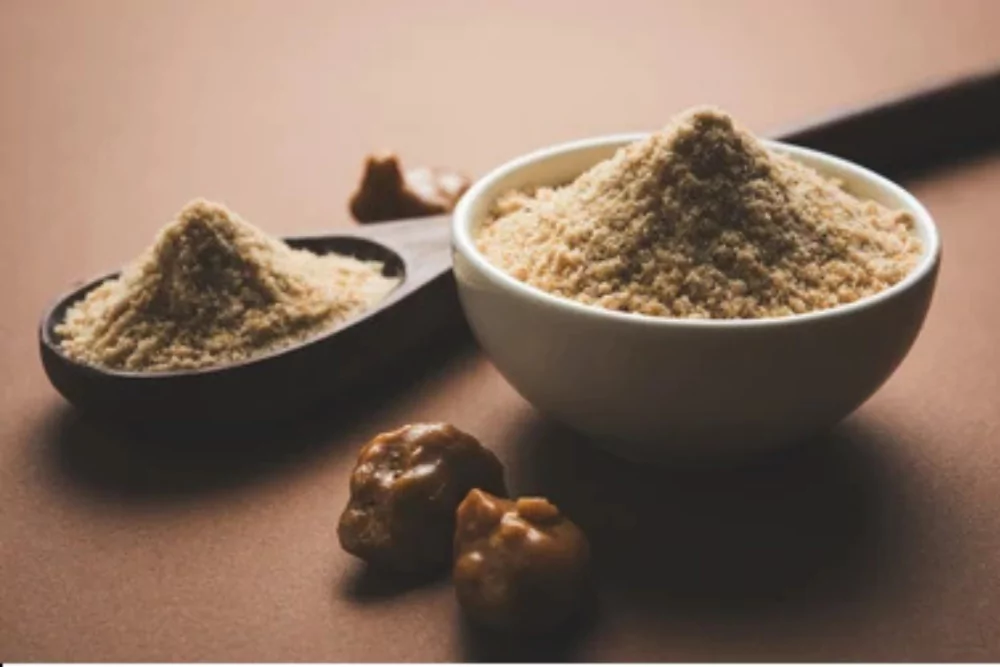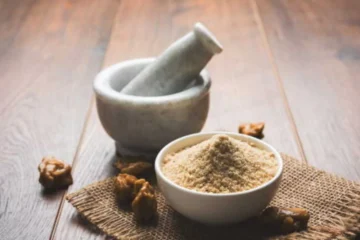1. How effective is asafoetida in combating fungal infections compared to conventional treatments?
Short Answer: Asafoetida offers natural antifungal properties but may not match the speed or potency of conventional treatments for severe fungal infections.
Expanded Long Answer:
Asafoetida has earned its reputation as an herbal remedy with antifungal properties. Its efficacy lies in compounds like ferulic acid and sulfur-rich elements that actively suppress fungal growth. Unlike conventional antifungal treatments, asafoetida offers a holistic approach with fewer side effects, making it an attractive option for those seeking natural remedies. However, conventional antifungal agents are often faster-acting and more targeted for acute cases. Asafoetida is best suited for milder fungal infections or as a complementary option in combination with medical treatments.
- Provides antifungal action through its active compounds.
- Ideal for mild to moderate fungal infections.
- Fewer side effects compared to synthetic antifungal medications.
- Can complement medical treatments for enhanced results.
2. What are the active components in asafoetida that help fight fungal infections?
Short Answer: Asafoetida contains bioactive compounds like ferulic acid, sulfur compounds, and volatile oils with antifungal properties.
Expanded Long Answer:
Asafoetida’s antifungal prowess is rooted in its rich chemical composition. Ferulic acid is known to inhibit fungal growth by disrupting the fungal cell walls. Sulfur compounds enhance its antimicrobial activity, targeting both fungal and bacterial cells. Furthermore, volatile oils present in asafoetida contribute to its efficacy by creating an inhospitable environment for fungal survival and reproduction. These components act synergistically to offer a potent defense against fungal infections, making asafoetida a unique and versatile herbal remedy.
- Ferulic acid interferes with fungal cell wall synthesis.
- Sulfur compounds contribute to antimicrobial strength.
- Volatile oils prevent fungal proliferation and reproduction.
- Bioactive elements work synergistically for a comprehensive effect.
3. Can asafoetida be applied topically or consumed for fungal infection treatment?
Short Answer: Asafoetida can be both applied topically and consumed orally, depending on the infection’s nature and severity.
Expanded Long Answer:
The versatility of asafoetida makes it a valuable tool for fungal infection treatment. Topical application involves mixing asafoetida with water or carrier oils to create a paste, which is then applied directly to the affected area. This method targets the infection site and provides localized relief. Alternatively, consuming asafoetida in meals or herbal teas enhances the body’s immune response and supports internal healing. Combining topical and oral methods ensures comprehensive care, addressing both symptoms and underlying causes of fungal infections.
- Topical use involves a paste made with asafoetida and water or oil.
- Oral consumption boosts immunity and internal health.
- Combination usage addresses both external and internal fungal concerns.
- Application method can be tailored based on severity and individual needs.
4. Are there any side effects or precautions to consider while using asafoetida for fungal infections?
Short Answer: Potential side effects of asafoetida include skin sensitivity, digestive issues, and allergic reactions; proper precautions should be taken.
Expanded Long Answer:
While asafoetida is a natural remedy, some individuals may experience side effects, especially with excessive use. Allergic reactions, such as rashes or respiratory discomfort, may occur in sensitive individuals. Overconsumption might lead to digestive disturbances like bloating or diarrhea. Topical application could cause skin irritation or sensitivity in rare cases. Precautions include conducting a patch test before applying asafoetida topically and consulting a healthcare provider for persistent infections or adverse reactions. Moderation is key to reaping its benefits while minimizing risks.
- Perform a patch test before using asafoetida on skin.
- Limit oral consumption to recommended amounts.
- Be mindful of potential allergic reactions and sensitivity.
- Consult a medical expert for severe or prolonged infections.
5. How can I integrate asafoetida into my daily routine as part of a herbal approach to maintain healthy skin?
Short Answer: Asafoetida can be incorporated into your meals, skincare routines, and herbal remedies for enhanced skin health and fungal prevention.
Expanded Long Answer:
Integrating asafoetida into your lifestyle is simple yet impactful. Using it as a spice in daily meals not only adds flavor but also provides antifungal and immunity-boosting benefits. Skincare applications, such as asafoetida-based face masks, improve skin clarity and prevent fungal outbreaks. Herbal remedies, including teas infused with asafoetida, deliver systemic health advantages that reflect positively on your skin’s health. These practices align with a holistic approach to wellness, making asafoetida a valuable addition to your daily routine.
- Incorporate asafoetida into cooking for health and flavor enhancement.
- Create DIY skincare masks with asafoetida for targeted benefits.
- Prepare herbal teas using asafoetida for systemic health benefits.
- Combine topical and dietary uses for comprehensive skin care.
Conclusion
Asafoetida is a powerful herbal remedy for fungal infections and skincare. Its antifungal properties, coupled with its ease of integration into daily routines, make it a versatile and natural option for maintaining healthy skin. While conventional treatments may still be necessary for severe infections, asafoetida offers a complementary and preventative solution in holistic wellness. By understanding its components, applications, and precautions, you can harness its benefits effectively and safely.





